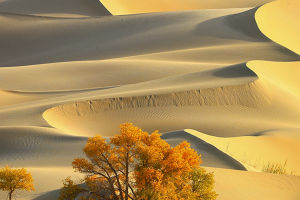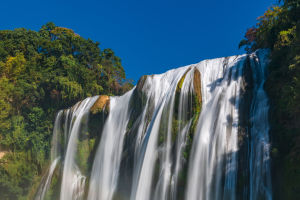Wetlands are defined as natural or artificial areas with shallow water bodies that contain still or flowing water, including water areas with a depth of no more than six meters at low tide. These areas are found across the globe, except the Antarctic region, where no swamps have been discovered.
While swamps are more abundant in the northern hemisphere, particularly in the Eurasian continent and the subarctic, frigid, and temperate regions of North America, they are also distributed in tropical and temperate regions of the southern hemisphere.
Swamps are formed by two main processes: water swamping and land swamping. The former occurs when sediment and dead remains of aquatic organisms accumulate and plug the edges or shallow water parts of rivers, seas, and lakes, causing them to evolve into swamps.
The latter occurs in areas such as forests, alpine meadows, depressions, and tundra regions, where overwet soil leads to changes in the ecological environment, causing vegetation to evolve and eventually form swamps.
Swamps can also form along the banks of rivers on low-lying plains, where aquatic plants grow and gradually develop into swamps as the river water becomes shallow and the flow velocity slows down.
In coastal lowlands that are repeatedly submerged by seawater, weeds and reeds grow on the beaches, leading to the formation of salt marshes. In some plateaus and alpine areas, snow on the ground in winter melts in the following spring and summer, accumulating water on the ground and causing short grasses and mosses to grow together and form swamps.
Once a swamp is formed, it undergoes a series of development and change stages, including low-level swamps, middle-level swamps, and high-level swamps. The low-lying swamp is characterized by a shallow, dish-shaped surface with a relatively thin peat layer, representing the initial stage of swamp development.
It is supplied by surface water and groundwater, and its nutrient-rich water supports the growth of grasses, making it also known as a eutrophic swamp.
In the middle swamp, the surface of the swamp becomes flat due to the thickening of the peat layer, representing the transitional stage of swamp development.
At this stage, the swamp is mainly supplied by a mixture of atmospheric precipitation and a small amount of groundwater, and its nutrient content is moderate. Both eutrophic and oligotrophic plants grow in the swamp, with mesotrophic plants dominating, giving it the name mesotrophic swamp.
The high-level swamp is characterized by continuous peat accumulation, a thicker peat layer, and a raised middle surface.
It represents the advanced stage of swamp development and is mainly supplied by atmospheric precipitation, with poor nutrient content required by plants. The dominant species in the swamp are oligotrophic plants such as sphagnum moss.
Swamps are an essential part of wetland ecosystems, along with forests and oceans, and are distributed widely around the world. These ecosystems support a diverse range of animals and plants. Marshes are not only land resources but also sources of valuable peat and rich animal and plant resources.
The water source in swamps is generally sufficient, with water quality rich in organic matter and suspended solids, and small animals abundant. Swamps are habitats for migratory birds such as the precious red-crowned crane, black-necked crane, swan, and many other water birds, earning them the reputation of "the paradise of birds.
Swamps also serve as large natural reservoirs, increasing atmospheric humidity and regulating rainfall through water surface evaporation and plant transpiration. This process is beneficial to the growth of trees and crops, and also provides numerous benefits to human health.


